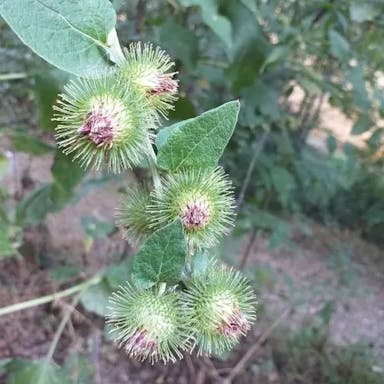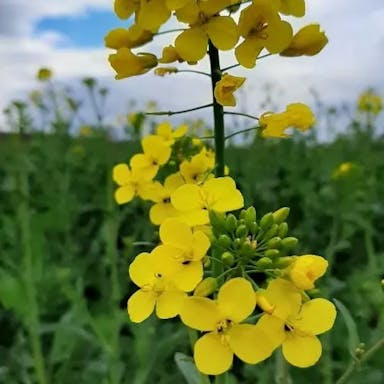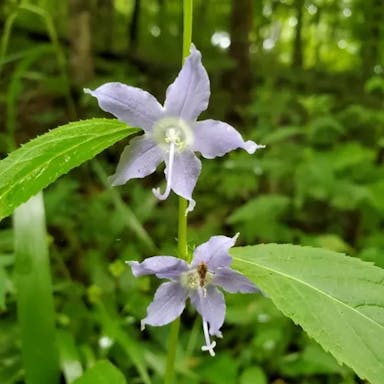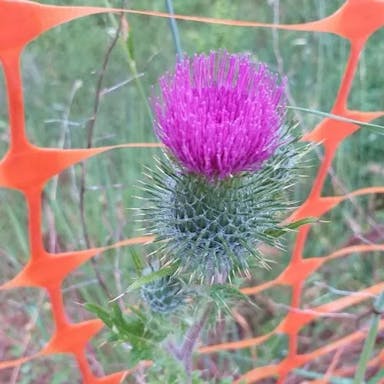Common henbane, scientifically known as Hyoscyamus niger, is a plant species that belongs to the Solanaceae family. It is native to Europe, Asia, and North Africa. The leaves are alternate, toothed, and covered in fine hairs. The flowers of Hyoscyamus niger are bell-shaped and can be either white or pale yellow in color. They are arranged in clusters at the top of the stem. The plant produces small, round fruits that contain numerous seeds. This herbaceous plant can grow up to 1 meter in height. It has a thick, hairy stem. The plant contains alkaloids, such as hyoscyamine and scopolamine, which have sedative and antispasmodic effects. However, it is important to note that the plant is highly toxic and should not be consumed without proper medical supervision. In terms of cultivation, it prefers well-drained soil and full sun to partial shade. It is a hardy plant that can tolerate a wide range of soil conditions. However, it is considered a weed in some regions due to its invasive nature. It is recommended to handle the plant with caution, as contact with the sap can cause skin irritation. Overall, it is a unique plant with distinct characteristics and a rich history in traditional medicine. Its toxic nature and invasive tendencies make it a plant that should be approached with caution.
0
0











